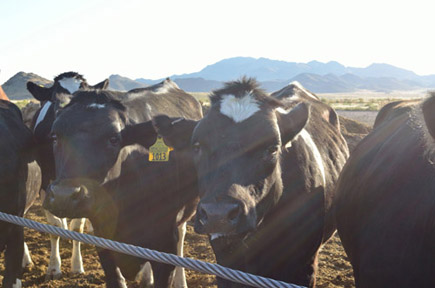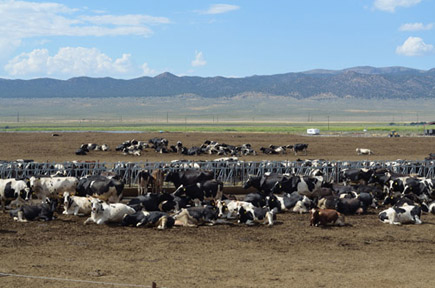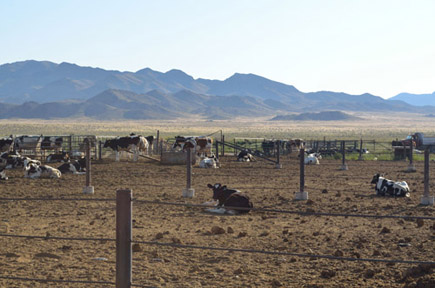
Growing up in a populous dairy region, I often failed to recognize how expansive our local dairy infrastructure actually was. If we faced a milking equipment break down, someone was there, within the hour, to get us back up and running again. To pick up parts we needed to fix a tractor, we often traveled less than 15 miles, and the cow breeder was our next-door neighbor.
Driving through Utah, while experiencing sporadic cellphone service, it becomes apparent that the story is extremely different.
Far and few between
Frequently, while visiting herds throughout Utah this week, I drove through a few mountainous regions before descending down into a valley where I would finally find the dairy I was looking for.
Many producers I spoke with were a fair distance from their nearest dairy neighbor or supplier. Their solution is to do as much in-house and as simply as the possibly could. When they experience a parlor breakdown they can't fix, the nearest qualified individual may be two hours away. By the time they actually arrive and fix the problem, the dairy has experienced a significant amount of down time.

Those attempting to market genetics and brand their dairy through high-quality cattle also struggle. Their distance and accessibility from the airport limits the number of individuals willing to visit and look at the cows. It also limits the number of cattle they are able to sell; if someone comes to visit, they want quality cattle in the facilities to show their visitors.
Vets, too, are a rare commodity. Few dairies had a readily accessible vet that can be there in the time of an emergency. To counter this, many dairies learned how to do their herd work in-house. Many herdsman are able to perform DAs and do herd checks, and one herd was able to do their own C-sections, on the rare occasion they needed to. Many also have individuals qualified to breed and place an order for semen monthly that is delivered, once again, by a truck from a fair distance away.
Added Costs
Most producers have to have their milk trucked to Salt Lake City, 150 miles or more away from the parlor. With this comes a significant hauling cost. These costs, between $1 and $1.50, per hundredweight, and usually closer to a $1.50, are almost double what dairymen in the East are facing.
Few dairymen utilized homegrown forages; they purchased corn silage, alfalfa, and other commodities from local farms in their respective valleys. What they can't buy locally they have trucked in, again for a hefty fee. As feed prices continue to rise, those who aren't proactive and attempting to lock in feed are watching their margins start to shrink. It now costs more to ship their hay by truck from field to farm than it does to send it by ship to China.

In addition to these costs, all producers purchase expensive water rights that are necessary to operate their farms and irrigate any land they farm on.
For those of us in heavily populated dairy regions, we sometimes forget how lucky we are to have a strong dairy infrastructure.









